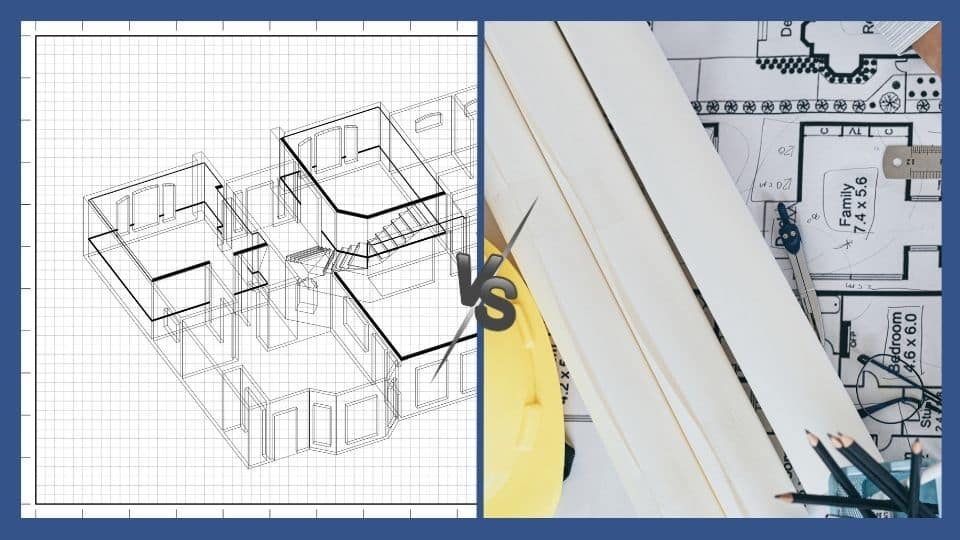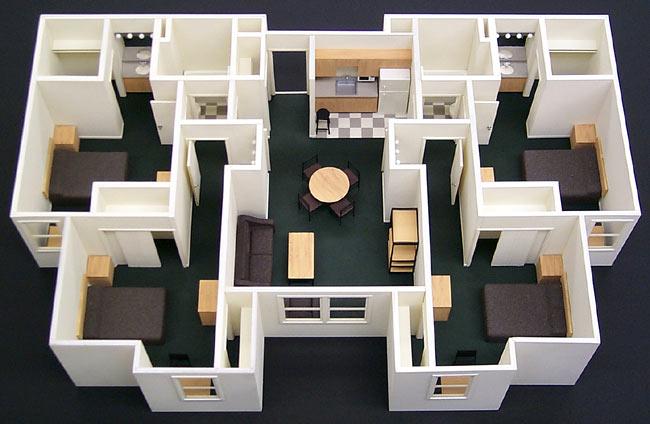The Art of Equilibrium: Exactly How Interior Design and Home Architect Collaborate for Stunning Outcomes
In the realm of home style, striking a balance between looks and functionality is no small feat. This delicate balance is accomplished with the unified cooperation in between indoor developers and engineers, each bringing their unique competence to the table. The outcome? Areas that are not just aesthetically sensational yet additionally exceptionally comfortable. This best mix is not always simple to achieve. Remain with us as we explore the intricacies of this collaborative procedure and its transformative influence on home layout.
Recognizing the Core Differences Between Interior Decoration and Home Design
While both indoor layout and home architecture play crucial roles in producing cosmetically pleasing and functional areas, they are naturally various self-controls. It deals with the 'bones' of the framework, functioning with spatial dimensions, load-bearing wall surfaces, and roof styles. On the various other hand, indoor layout is much more concerned with boosting the aesthetic and sensory experience within that structure.
The Synergy Between Home Design and Inside Layout
The harmony in between home style and Interior Design hinges on a shared vision of style and the enhancement of practical aesthetic appeals. When these 2 areas straighten sympathetically, they can change a home from common to amazing. This cooperation calls for a much deeper understanding of each discipline's principles and the ability to create a natural, aesthetically pleasing environment.
Unifying Design Vision
Combining the vision for home design and Interior Design can create a harmonious home that is both functional and aesthetically pleasing. The balance starts with an incorporated way of thinking; engineers and indoor developers work together, each bringing their experience. This unison of concepts creates the style vision, a blueprint that guides the task. This common vision is necessary for uniformity throughout the home, making sure a fluid transition from outside style to indoor areas. It promotes a collaborating technique where architectural elements enhance Interior Design elements and vice versa. The outcome is a natural home that reflects the homeowner's individuality, way of life, and taste. Hence, unifying the style vision is essential in mixing design and Interior Design for sensational results.
Enhancing Functional Appearances
How does the synergy in between home style and Interior Design boost useful aesthetic appeals? This harmony enables the development of rooms that are not only aesthetically enticing but likewise pleasantly usable. Designers prepared with their architectural design, making sure that the room is practical and efficient. The interior designer then matches this with meticulously chosen elements that improve the looks without endangering the functionality. This harmonious collaboration can lead to homes that are both livable and attractive. For example, an architect might develop a home with high ceilings and big home windows. The interior designer can then accentuate these features with high plants and large drapes, respectively, thus enhancing the visual allure while keeping the functional advantages of natural light and spaciousness.
Value of Collaboration in Creating Balanced Spaces
The cooperation between indoor designers and engineers is essential in creating balanced rooms. It brings harmony in between design and style, bring to life rooms that are not only cosmetically pleasing but likewise functional. Checking out effective collaborative approaches can provide understandings right into exactly how this harmony can be effectively accomplished.
Integrating Design and Design
Equilibrium, a vital facet of both Interior Design and design, can just truly be accomplished when these 2 fields operate in harmony. This consistency is not just a visual consideration; it impacts the capability, sturdiness, and ultimately, the livability of a space. Inside developers and architects should recognize each various other's duties, respect their experience, and communicate efficiently. They need to take into consideration the interplay of structural elements with design, the flow of areas, and the influence of light and shade. This joint procedure causes a natural, well balanced layout where every element has a purpose and contributes to the overall aesthetic. Balancing style and design is not just regarding creating stunning areas, however about crafting spaces that function seamlessly for their inhabitants.
Effective Collective Methods

Situation Studies: Effective Combination of Layout and Style
Taking a look at several study, it becomes noticeable how the effective assimilation of Interior Design and design can transform an area. The Glass Home in Connecticut, renowned for its minimalistic elegance, is one such instance. Designer Philip Johnson and interior developer Mies van der Rohe collaborated to create an unified balance in between the structure and the interior, leading to a smooth circulation from the exterior landscape to the internal living quarters. An additional exemplar is the Fallingwater Residence in Pennsylvania. Designer Frank Lloyd Wright and interior developer Edgar Kaufmann Jr.'s collaborative initiatives bring about an amazingly distinct house that blends with its natural environments. These study highlight the extensive effect of a successful layout and style partnership.

Getting Rid Of Challenges in Layout and Design Partnership
Regardless of the obvious benefits of an effective cooperation in between indoor design and style, it is not without its obstacles. Architects might prioritize architectural honesty and safety and security, while designers concentrate on convenience and style. Efficient interaction, shared understanding, and concession are important to conquer these obstacles and accomplish a successful and unified collaboration.

Future Fads: The Evolving Connection In Between Home Architects and Interior Designers
As the globe of home design remains to develop, so does the connection between engineers and indoor designers. The trend leans towards a more collaborative and integrated technique, damaging without standard duties. Engineers are no more solely concentrated on architectural honesty, however likewise involve in enhancing aesthetic allure - Winchester architect. Conversely, interior developers are accepting technical facets, influencing general format and functionality. This developing synergy is driven by improvements in modern technology and the growing demand for rooms that are not just aesthetically pleasing but lasting and additionally useful. The future guarantees a more cohesive, cutting-edge, and adaptive approach to home design, as developers and architects continue to blur the lines, promoting a relationship that truly personifies the art of equilibrium.
Verdict
The art of balance in home design is accomplished via the unified partnership in between interior developers and designers. Despite difficulties, this collaboration fosters development and technology in design.
While both interior layout and home design play essential duties in creating aesthetically pleasing and functional spaces, they are naturally various techniques.The synergy between home architecture and interior design lies in a common vision of style and the enhancement of functional aesthetics.Merging the vision for home style and interior style can create an unified living area that is both practical and cosmetically pleasing. Hence, unifying the layout vision is critical in mixing style and interior design for spectacular results.
Exactly how does the Interior design near me harmony between home design and interior style improve useful looks? (Winchester architect)